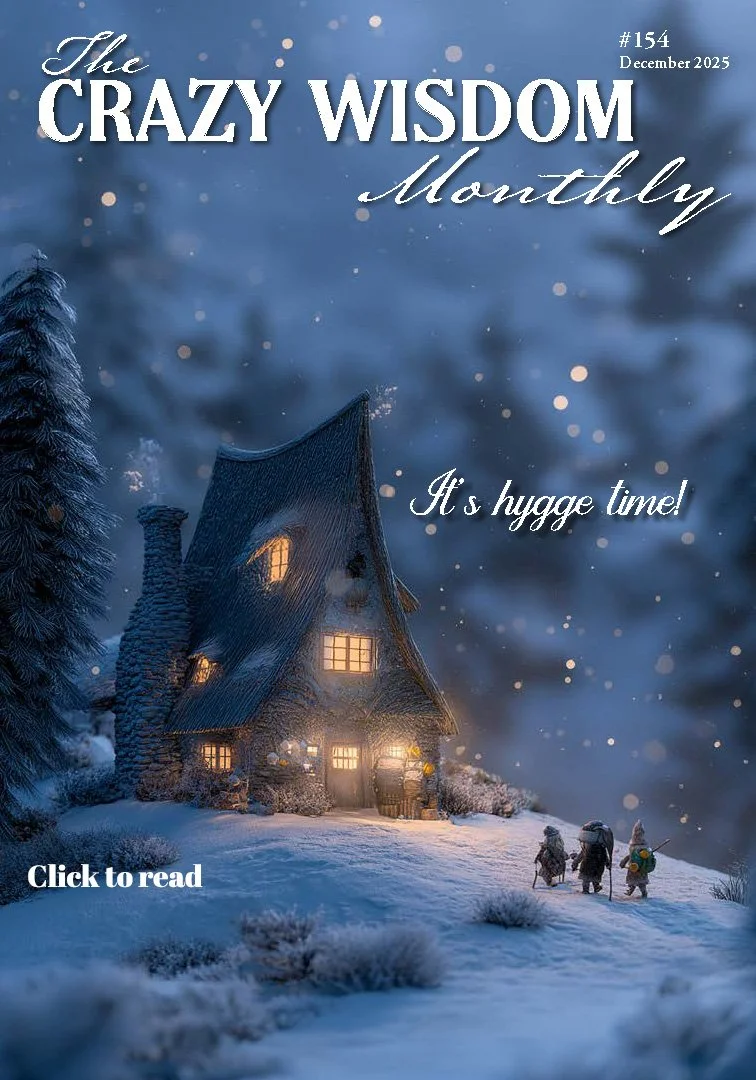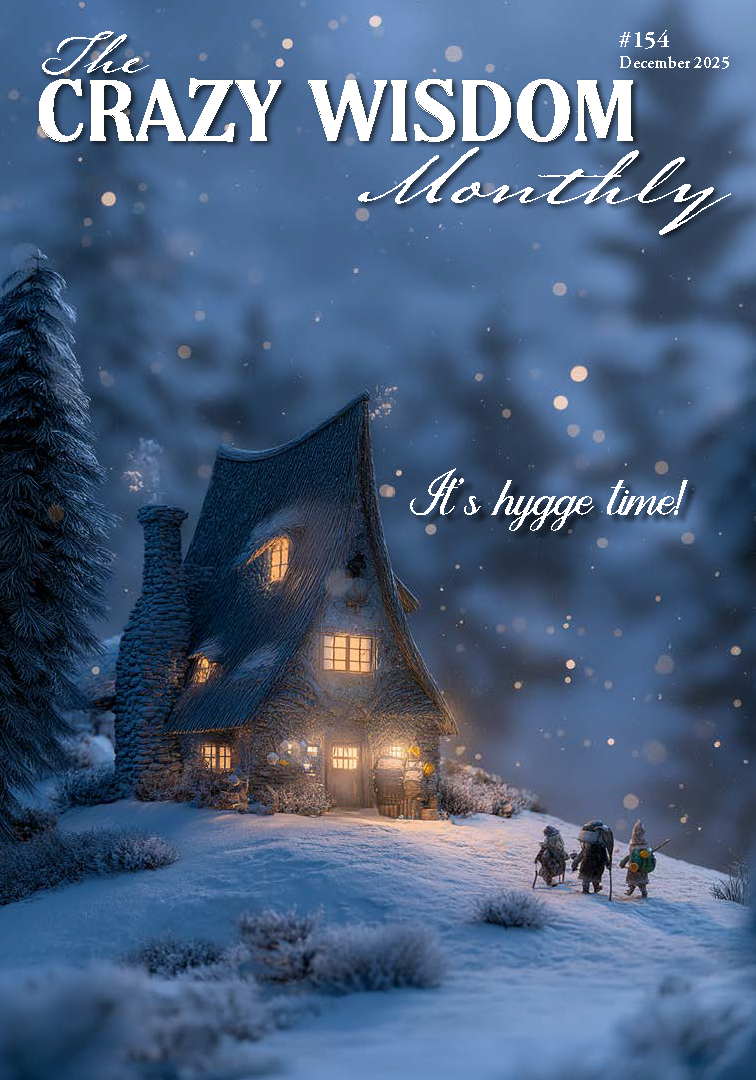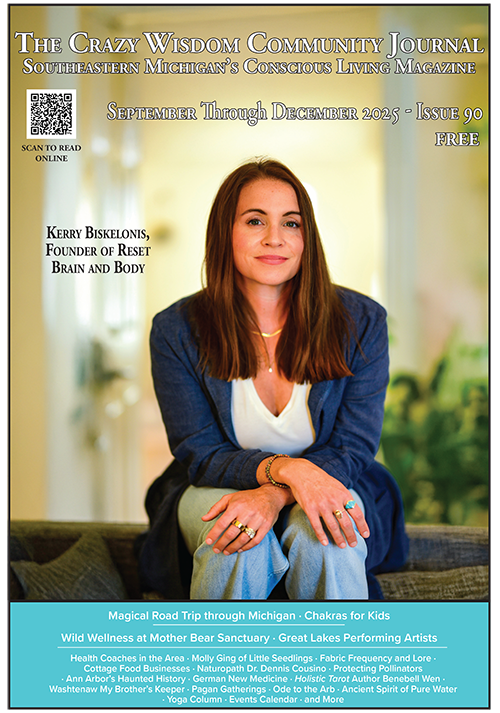By John Churchville
Photo by Rebecca Rowe
I grew up as a lover of music in Michigan’s Upper Peninsula in the ‘big city’ of Marquette. As isolated as it may seem, the live music scene was alive and well. Seven days a week you could watch live jazz, latin, rock, funk, polka, and more, happening in town, out in the woods, for private parties ... yes, it was all being played by roughly the same 25-30 musicians, but the spirit of learning, exploration, and pushing cultural boundaries with music was alive and well. Perhaps it was this spirit that drove me to discover the tabla as a second-year music student at California Institute of the Arts in Valencia California.
Before moving to California I had only seen tabla in the form of a documentary video of Ravi Shankar and Allah Rhaka at the Monterey Jazz Festival. It was amazing to watch, but I never imagined myself actually playing those drums; it was too foreign, exotic, and different. When I arrived at CalArts in 1998, my experience with tabla became very real and accessible. I saw students perform together in a large tabla ensemble, followed by a performance by Pandit Swapan Chaudhuri, a living legend of the tabla who also happened to be the tabla guru at CalArts. Before the first month of the first semester was done, I had fallen in love. I was in love with the sounds, the spoken rhythmic language, and the fact that all the performance was done without the use of sheet music. It was all so interesting and appealing ... I joined my first tabla class in the fall of 1998 and never looked back.
Those familiar with the classical music traditions of India, understand that the training, pedigree, and quality of musical performance in this ancient art is on par with the greatest classical traditions on the planet. The tabla is associated particularly with the North Indian Hindustani classical tradition, which dates back to the 12th century. As a result of centuries of development and iteration, the sheer breadth of compositions available for contemplation, study, and performance are more than one could learn in a lifetime, yet here I was, a 20-something drumset player who loved to play blues, rock, funk, and jazz, learning how to sit on the floor and spend hours learning a foreign language with my hands.
“As a result of centuries of development and iteration, the sheer breadth of compositions available for contemplation, study, and performance are more than one could learn in a lifetime, yet here I was, a 20-something drum set player who loved to play blues, rock, funk, and jazz, learning how to sit on the floor and spend hours learning a foreign language with my hands.”
The language part is actually one of the most unique and interesting aspects of learning to play the tabla. Every sound the drum makes has a particular word associated with it ... Ta, Na, Ge, Tu, Tet, (about 26 in total). These words are put together to form phrases, which provide the foundation for thousands of different compositions, some fixed and some structured, to be free flowing improvisations. I have never met a tabla player who did not know exactly what they were playing both by the sound of the drum and by these vocalizations. They are one in the same. The words have no meaning beyond the sound they make on the drum, however, the ability to vocalize these sounds that correspond to precise physical movement of the fingers to produce them gives a trained tabla player this unique ability to engage both the mind and body in a way that simply does not exist in other percussion traditions. As a result, when one studies this instrument, you find yourself learning how to speak rhythms that have been spoken and played for thousands of years, engulfed in a classical tradition that has forged every nuance and detail of every sound and pattern for centuries.
I studied tabla at CalArts for three years and it was not until a rehearsal for my graduate recital that I realized that I had been training as a classical musician. This meant that I could recite and perform Indian Classical compositions with relative dexterity and ease, however, this newfound skill did nothing for my ability to improvise on tabla to music that was not Indian in nature. To be clear, I grew up as an improviser on the drumset. Playing what I ‘felt’ and ‘moving with the music’ were the foundational principles that drew me to a life as a musician. For my graduate recital I naturally wanted to showcase the work that I had put into the tabla, but I wanted to do it in a way that rang true to these guiding principles, so I asked amazing guitarist and improviser Thomas Leeb to create an improvised duet with guitar and tabla. He agreed, but when we met to rehearse I found to my amazement (and horror), that I was not able to improvise. He would start some really wonderfully rhythmic idea and as soon as it was my turn to play, all I could do was recite my classical tabla repertoire. There was no feeling, or natural movement in anything I was doing .... I discovered that day, after three years of intense study, what it felt like to be “classically trained.”
It was a wake up call to say the least.
Shortly thereafter I graduated and moved back to Michigan. My wife Jody and I found a place in Ann Arbor and I spent the next 10-plus years working as a musician and music teacher (currently at Go Like The Wind School in Ann Arbor). I took on the challenge of developing myself as a tabla player. Not the Indian Classical variety, but rather as a free thinking, freely improvising musician from the UP of Michigan that happens to also study Indian classical music.
“But when we met to rehearse I found to my amazement (and horror), that I was not able to improvise. He would start some really wonderfully rhythmic idea, and as soon as it was my turn to play, all I could do was recite my classical tabla repertoire. There was no feeling, or natural movement in anything I was doing .... I discovered that day, after three years of intense study, what it felt like to be ‘classically trained.’”
At times it has felt like a lonely pursuit. However, in 2007 I found a home at Crazy Wisdom Tea Room in Downtown Ann Arbor where I have been lucky enough to host a monthly Indian Music night with my friends from the Indian Fusion group Sumkali. At Crazy Wisdom, we explore and expand on exactly what it means to create a style of music that we refer to as “Indian Music Made in America.” Our unique blend of influences are as unique as the musicians that bring them, we show up at Crazy Wisdom with a common goal to make music that moves people on a level that needs no translation. Yes, it is music that has it’s roots in India, and yes, we are transforming it to fit our particular sensibilities, but when it works, it speaks in a way that makes sense in any language. It melts away a need to define or forge into a traditional thought. Personally speaking, I feel so much gratitude to freely explore making music. I feel that our exploration and discovery provides hope that we can come together as people, no matter where we come from, and figure out how to make something beautiful together. What more could you ask for?
“I took on the challenge of developing myself as a tabla player. Not the Indian Classical variety, but rather as a free thinking, freely improvising musician from the UP of Michigan that happens to also study Indian classical music. ”
John Churchville has been performing and teaching music for over 20 years and continues to break new ground on both fronts. He is a Grammy Nominated music educator and an award winning producer and performer. John has performed all over the world and is versed in many different styles of music. He is a specialist in Indian Tabla drumming, drum set and performs and records regularly.
As an educator, John has taught lessons, classes, and workshops to thousands of students of all ages. He is the current music director at Go Like The Wind School in Ann Arbor MI., where he teaches general music, beginning and advanced band, modern band, string orchestra, music production and music theory.
http://www.johnchurchville.com/
































































































































































































Earlier this year, on the second Saturday night in May, the Crazy Wisdom Tea Room was crowded by 8:00. It was Indian Music Night. (Indian Music Night # 95 to be exact, but more on that in a minute.) A quintet of musicians sat in chairs at the front of the room, their backs to the windows that look out on Main Street. John Churchville, the founder of Indian Music Night, was warming up on the tabla (the traditional Indian hand drums), while Dan Ripke picked out notes on his acoustic guitar.